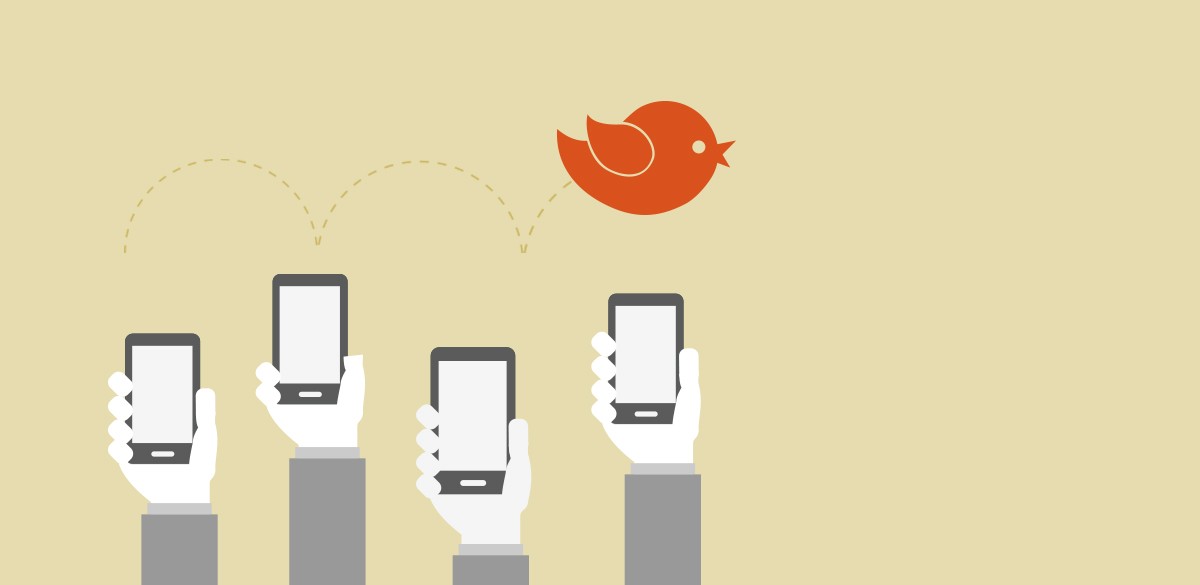Τhe dominance of SMS Messaging

The short messaging service, known as SMS, continues till today to be the most convenient means of communication. Given the constant technological evolution, SMS still dominates in our daily lives, as they suggest an easy-to-use and direct way to reach your audience.
How SMS messaging started
The first SMS from pc to mobile device sent on 3 December of 1992, through Vodafone’s GSM (Global System for Mobile Communications) in England. The message was “Merry Christmas”. How the idea of SMS was conceived in the first place?
In 1984, the engineer Matti Makkonen had the idea to invent a simple and easy way to exchange messages, which could be used even if the device was deactivated or even if there was no signal coverage. This was definitely a challenge for Makkonen, which lead to SMS discovery and to the development of the SMS industry, as we know it.
Another engineer who contributed to the SMS field was Friedhelm Hillebrand, who actually defined the limit of the text messaging, while sending an SMS. In 1985, Hillebrand made his own experiments while composing messages to his typewriter and he ended up to the conclusion that 160 characters is a quite reasonable limit for writing an SMS message. How did he ended up to this conclusion? By counting one by one, every letter, every number, every punctuation mark and spacing, he noticed that each time his messages had 160 characters. Then, he submitted his proposal to the GSM (Global System for Mobile Communications) in order to apply the whole SMS procedure.
The key idea of SMS was to use the GSM as a system which optimizes the mobile communication services, to transport messages on the signaling paths needed, so as to check the telephone services traffic during periods when no signal coverage existed. Thus, resources which had not been used yet could now be taken advantage of, so as to complete the messaging transportation with the minimum cost. In the beginning the limit for SMS texting was 128 characters (bytes), but later it changed to 160 characters, so that the messages could fit into the existing signaling formats.
At this point, the contribution of Hillebrand was important, because due to the characters’ analysis he made, he defined the limit of SMS texting, as we know it. According to this analysis, 160 characters are sufficient for someone to send a short and succinct message.
The SMS text messaging limit to 160 characters defined the base for setting the limit regarding tweets’ text characters as well. Given that an SMS should include no more than 160 characters, if the user exceeds this limit the message will split in multiple parts. Regarding tweets, the limit was set at 140 characters for composing the main message plus 20 characters counted by default by Twitter as text limit for the user’s name. If we do the math, we can see how that works. 😉
The power and the continuous influence of SMS
It’s estimated that:
• 8.30 trillion SMS text messages will be sent in 2015
• Over 350 billion texts are sent each month on a global scale
• 90% of people all over the world will send at least one SMS per day
• Over 14.6 million texts will be sent per minute
• 243,000 texts will be sent per second
Sources:
smsglobal.com
wikipedia.org
